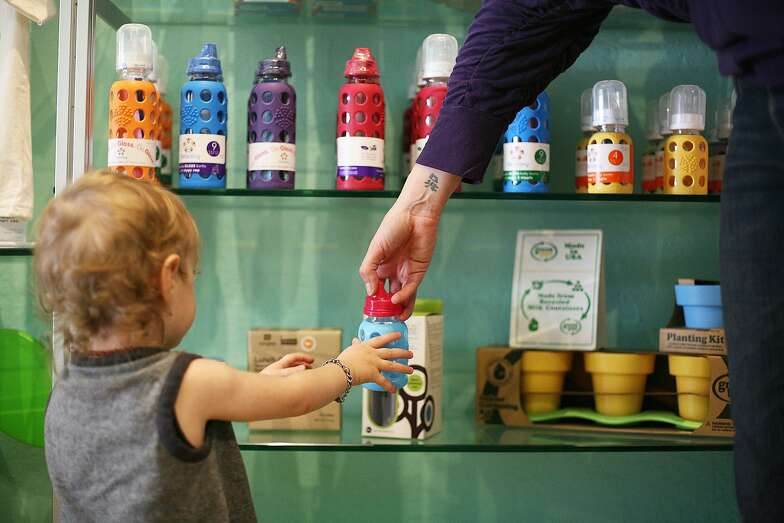 In 2008, the news burst on the media everywhere: common plastics contained potentially dangerous levels of bisphenol a (BPA) an additive that could be hazardous to consumer health. It leached into food and drinks, especially when plastics were warmed, posing a risk in baby bottles, water bottles, plastic storage containers and more. The plastics industry was reluctant to face the truth on BPA, but under pressure, it gave in — now, many plastic products are proudly labeled BPA-free.
In 2008, the news burst on the media everywhere: common plastics contained potentially dangerous levels of bisphenol a (BPA) an additive that could be hazardous to consumer health. It leached into food and drinks, especially when plastics were warmed, posing a risk in baby bottles, water bottles, plastic storage containers and more. The plastics industry was reluctant to face the truth on BPA, but under pressure, it gave in — now, many plastic products are proudly labeled BPA-free.
So that means you’re safe, right? Your plastics have been guaranteed free of the nasty chemical everyone was so worried about, and you can go back to business as usual.
Not so fast. An environmental researcher in Oakland, California got concerned. He wasn’t totally convinced that even BPA-free plastics were safe, and his worries were spurred by his daughter’s demands for her plastic sippy cup. He’d tried to get her to use a stainless steel one, but she was having none of it, so Michael Green sent her cup, and samples from a variety of locations, to an independent facility for testing.
What he found shocked him: these products exhibited high levels of estrogenic activity, which is not good news. Exposure to excessive estrogen can be a factor in the development of breast cancer. More troubling still, they passively leached estrogen-like chemicals even without being heated or stressed, and the lab’s results showed that the chemicals released were, at times, even more potent than BPA.





 Dr. Kade Goepferd watched the Trump administration's moves on Thursday to ban gender-affirming care for transgender...
Dr. Kade Goepferd watched the Trump administration's moves on Thursday to ban gender-affirming care for transgender... A California jury on Friday awarded $40m to two women who said Johnson & Johnson’s baby...
A California jury on Friday awarded $40m to two women who said Johnson & Johnson’s baby... With subsidies for Affordable Care Act (ACA) health insurance set to expire, Americans who rely on...
With subsidies for Affordable Care Act (ACA) health insurance set to expire, Americans who rely on... Connecticut, Georgia, Idaho, Massachusetts, Michigan, Rhode Island, South Carolina, Texas and Puerto Rico also saw an...
Connecticut, Georgia, Idaho, Massachusetts, Michigan, Rhode Island, South Carolina, Texas and Puerto Rico also saw an...






























